Schedule 1 is the kind of instant Steam hit that was only ever going to come from a complete rando
The corporate mind cannot comprehend Schedule 1.
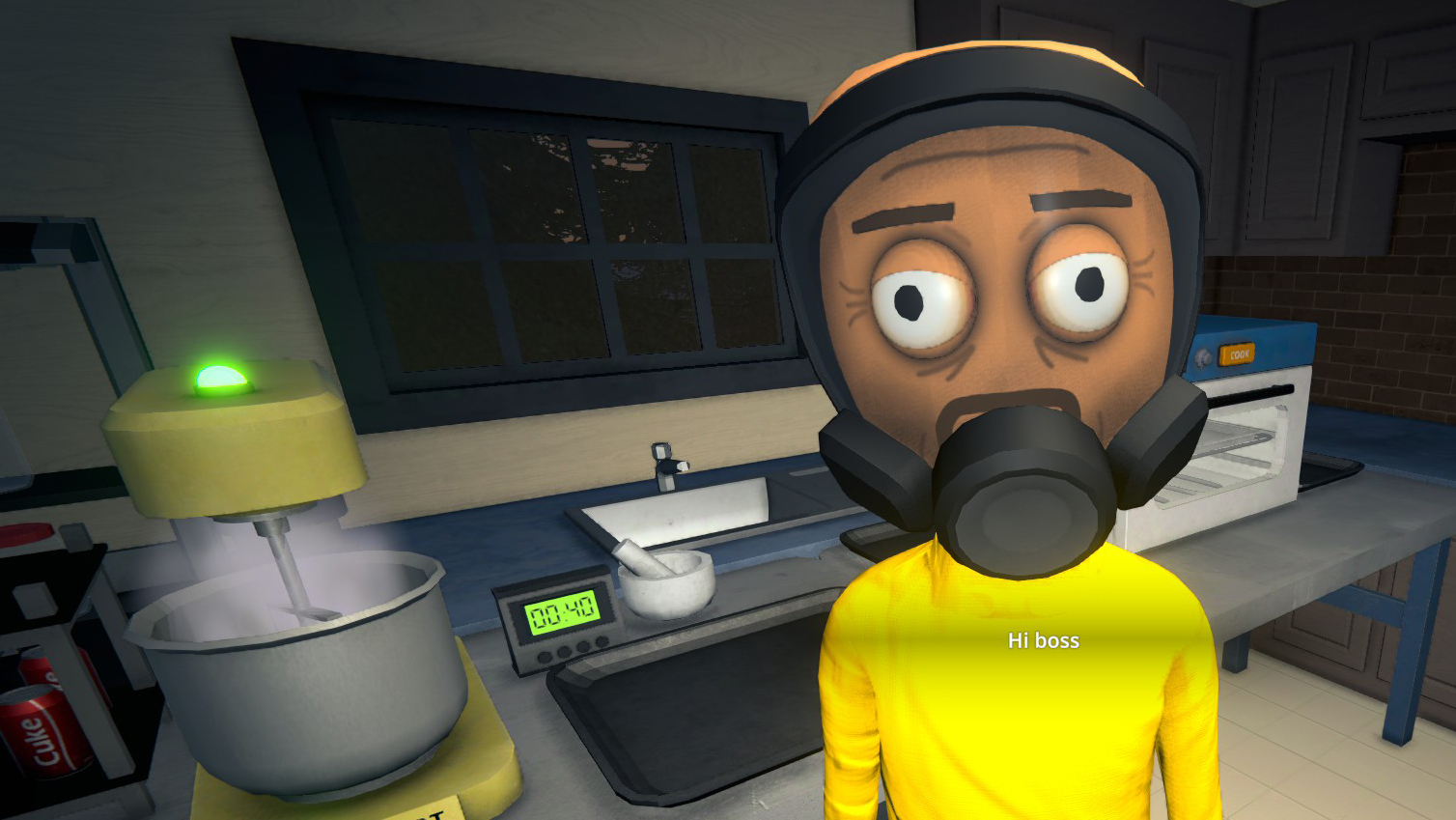
More than two weeks after launch, Schedule 1 is still the top-selling paid Steam game. That means that the open world drug-dealing RPG is raking in more dough than Assassin's Creed Shadows on Steam, which released only five days earlier. Its active player count is often over 300,000 (with a peak of over 450k), suggesting the $20 early access game has sold at least a million copies (or maybe a lot more).
Besides the music and some graffiti art, Schedule 1 was entirely made by one guy in Australia named Tyler.
Isn't it funny how it always happens this way? A modest game made by a solo dev or a very small team with zero pedigree bursts onto Steam with something so instantly compelling and undeniable that it overshadows the efforts of gigantic publishers with marketing budgets.
You can chalk up some of that momentum to Steam's recommendation algorithm, which favors games that accrue lots of wishlists and positive reviews, but outliers like Schedule 1 or February's breakout REPO only show up on Valve's radar in the first place because the bigger studios just don't have it in them.
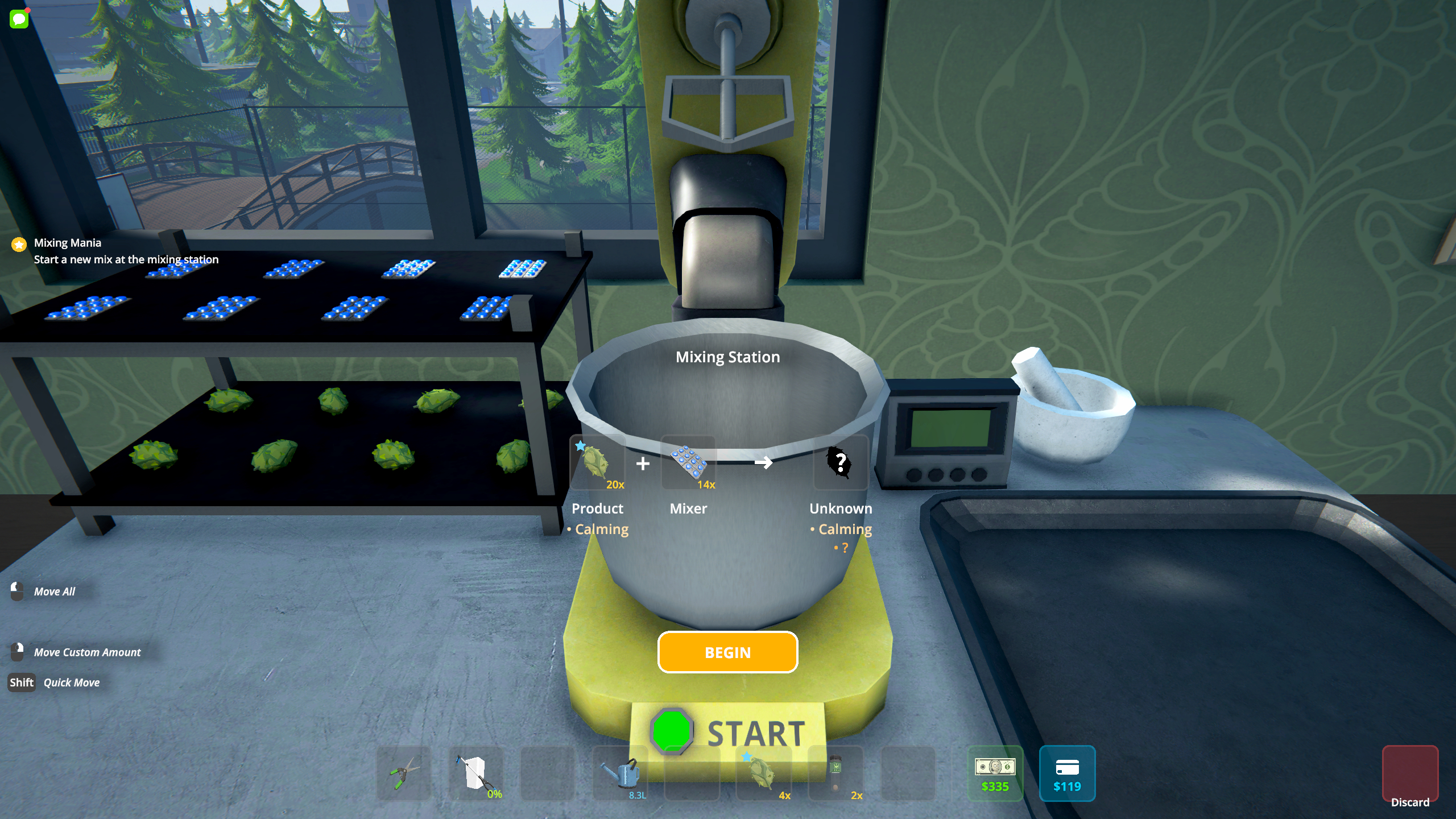
But let's imagine they tried…
I firmly believe a large group of people could not have made Schedule 1. It's too strange, specific, and well…about drugs.
That'd be the first obstacle, right? If an established studio was hearing a pitch for an open world RPG about building a drug empire one baggie of kush at a time, at least one person would raise their hand and ask a question that budding solo devs never ask themselves: "Can we even sell that on a PlayStation?"
Maybe? Obviously there are lots of console games with drugs in them, but you won't find dozens of dealing sims on the PlayStation Store like you can in the lawless lands of Steam. A quick search of the Xbox store rang up a handful (including the first Drug Dealing Simulator from Movie Games SA, the publisher currently looking into whether Schedule 1 infringes its copyright), which was a little surprising. Even if you make it to the store, could you count on promotion from the platform? Nintendo would be a non-starter.
The biggest gaming news, reviews and hardware deals
Keep up to date with the most important stories and the best deals, as picked by the PC Gamer team.
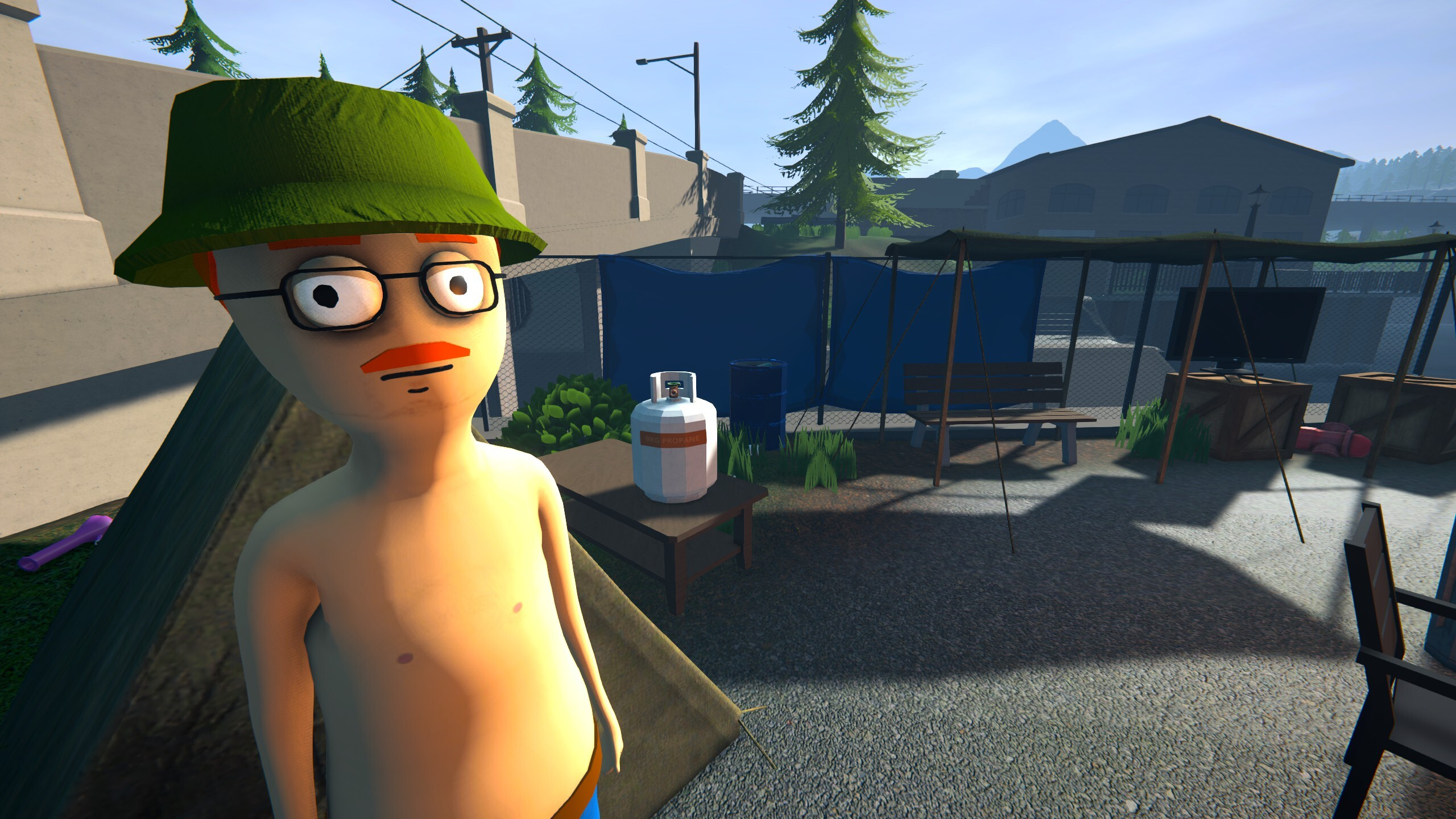
Assuming our theoretical big studio take on Schedule 1 got the green light from a major publisher, the first thing it'd do is fail to capture its charm by making everything look too real. A miles-wide city, globally-illuminated grow lights, windy grass—there's just no chance in hell that a fully-staffed art department would land on Schedule 1's lanky, goofball-shaped humans whose simple features make faces memorable and whose gigantic eyes reveal how baked they are from a block away.
The EAs, Ubisofts, and Activisions of the world could not resist producing crystal meth textures so impressive that half of Steam's users can barely render them. I know that'd kill my interest pretty quick.
Schedule 1's textureless world and cast who'd fit right into an Adult Swim animation was likely the practical consideration of a solo dev who is primarily a programmer, not an artist, but the game's softness lends a needed levity to an edgy premise. Without it, you get those Drug Dealer Simulator games I mentioned before, which look so generic that my eyes scroll right past them.
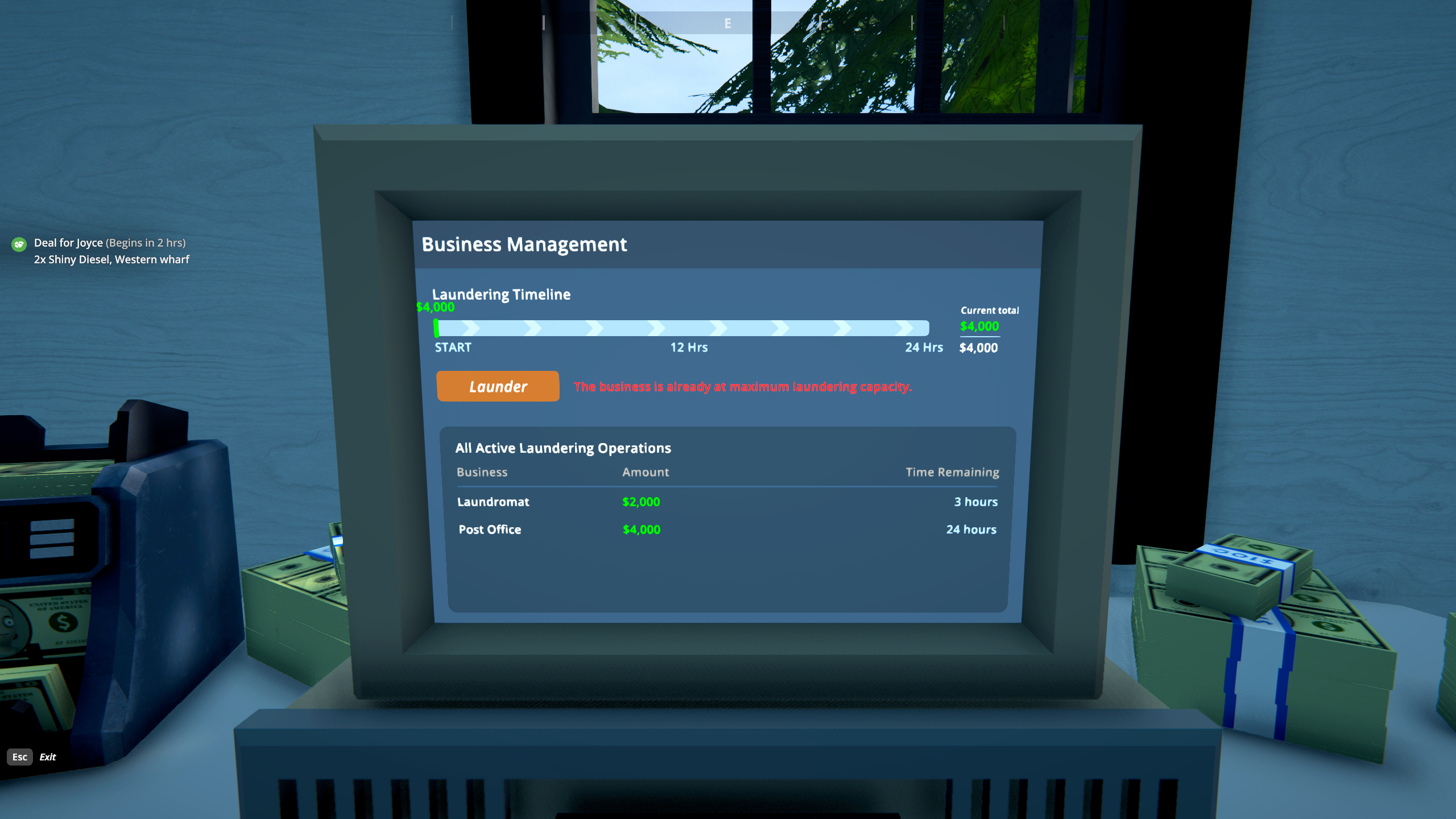
Focused to death
The next thing a big studio would do is put its Schedule 1 in front of focus groups until everything unique about it was axed. All of those genuinely immersive step-by-step minigames where you buy seeds, plant them, water them, harvest them, individually package them, peddle them, and then eventually appreciate reaching the point where employees can automate some of it? Fat chance. Someone with a spreadsheet would decide that's too complicated and streamline it until it was as easy as growing wheat in Minecraft.
That's not to say that big developers never do anything innovative or unexpected, but more often than not we see them taking inspiration from weird little indie games rather than the other way around, and when they do, they often sand down the edges.
Starfield, for instance, backed away from punitive survival systems that would've made players consider atmospheric conditions, radiation levels, and what spacesuit you put on before stepping foot on an unexplored planet. Focus tests said that was too difficult, so instead, we got an oxygen meter that's just a glorified stamina bar.
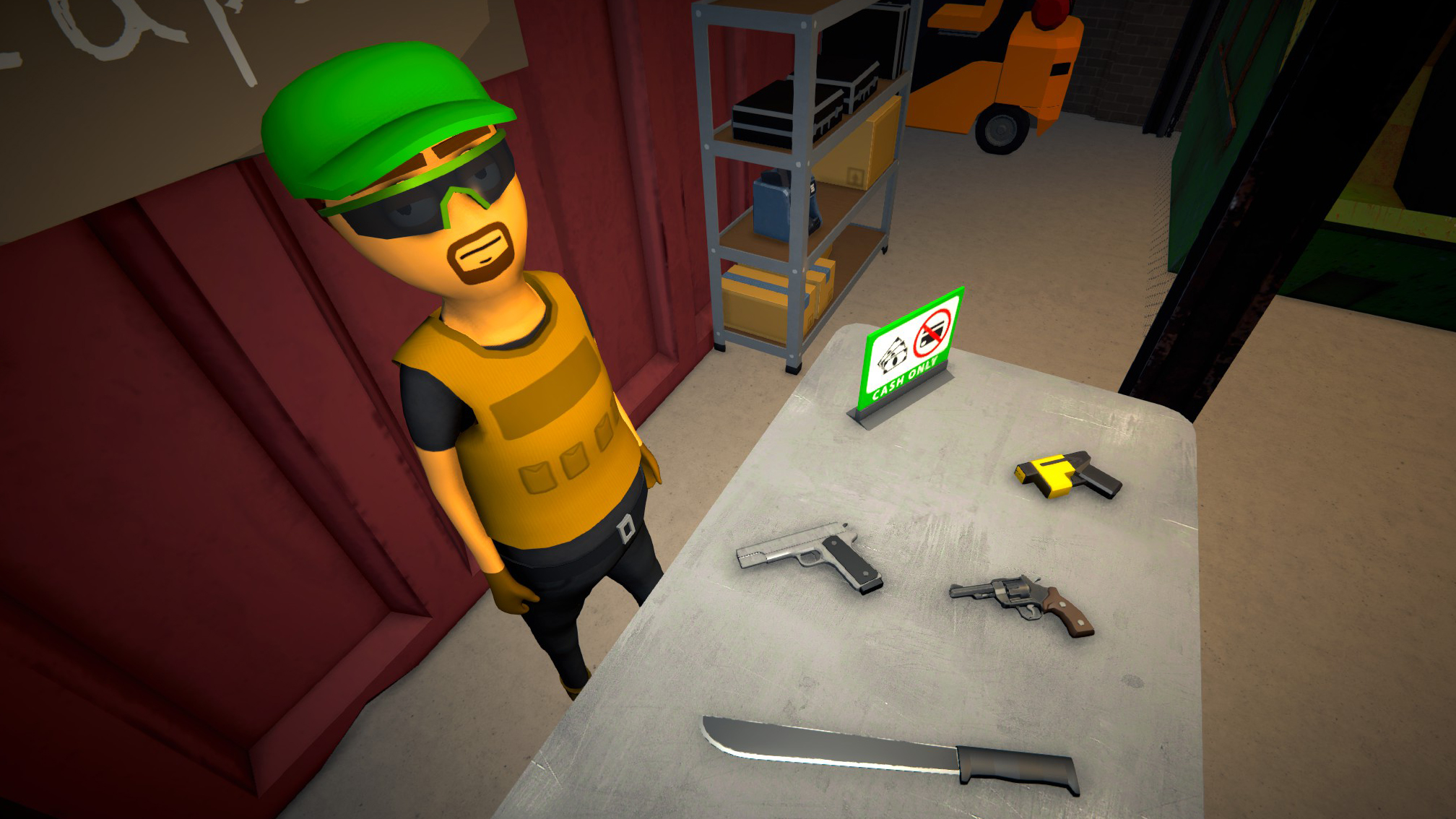
By the same token, a bigger studio wouldn't let its Schedule 1 be so perfectly imperfect. The real Schedule 1 is dense with systems that you rarely see attempted all in the same game, no matter the team size: a clockwork world full of named citizens with schedules, dynamic employee programming, melee combat, guns, interior decorating, skateboarding, time management, stealth, pickpocketing, smuggling, driving, real estate, bartering, gambling.
I honestly don't think a bigger studio would have the guts to let some systems be sort of bad for a while
I'd describe around half of those systems as "rough to functional" in their early access state, but they're good enough to coalesce into one majorly impressive simulation. I honestly don't think a bigger studio would have the guts to let some systems be sort of bad for a while, even if it meant the whole game was richer for it. It'd more likely choose a smaller number of things to do well.
Paradox came close to putting out a super ambitious, likely quite janky early access life sim last year, but it pulled the plug on Life by You and abandoned years of work because it didn't think the game could cut it. The struggling publisher might've been right, but we'll never know, and an indie team, if it could pursue such a big project, would've just released the thing and found out.
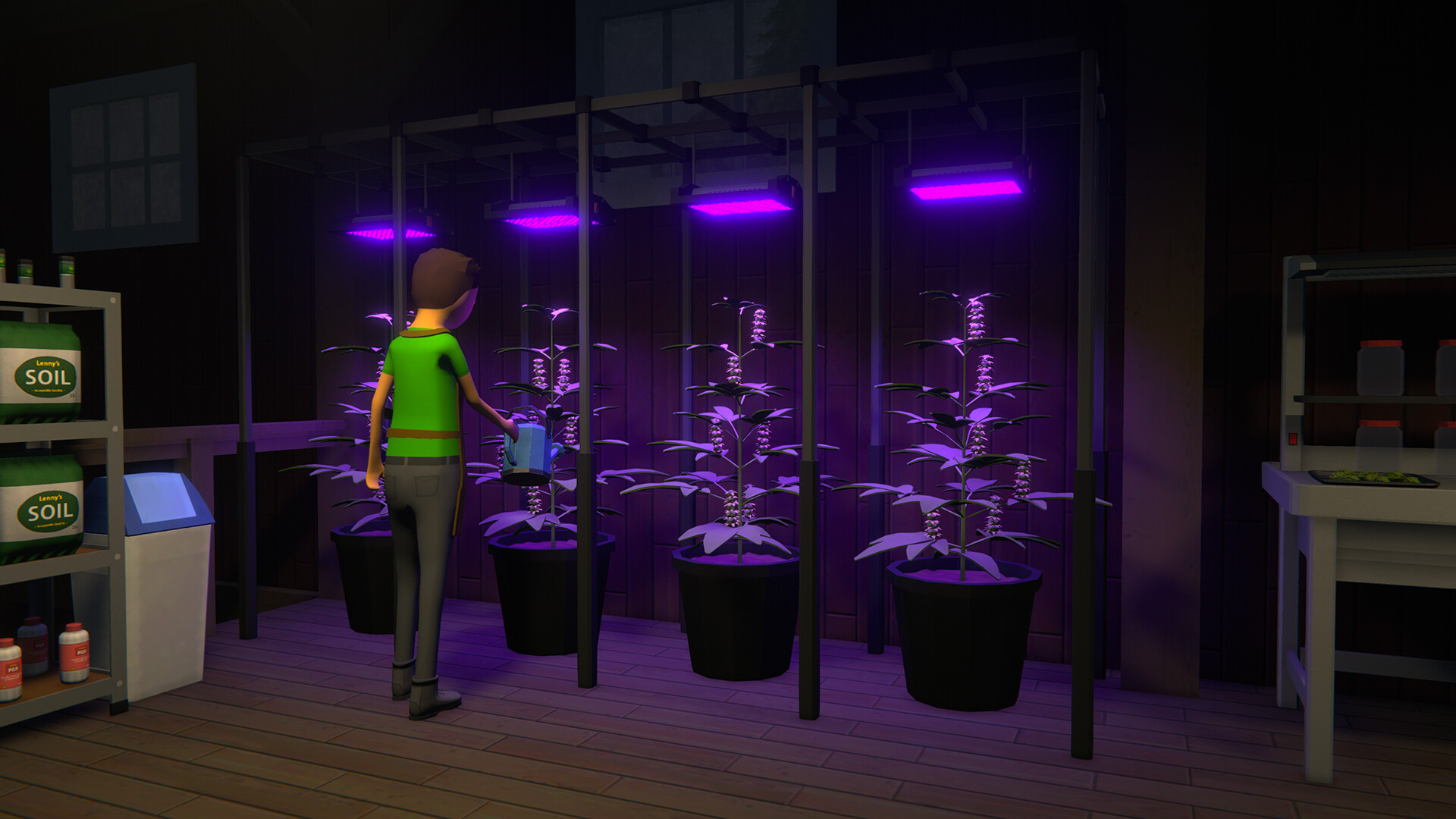
The other thing a big studio can't replicate isn't the big studio's fault: PC gamers love to give small devs a chance. Two decades of Steam browsing have trained us to recognize potential in games that have room to grow, and Valve's formalized early access program helps calibrate expectations.
No matter what version of Schedule 1 a billion-dollar publisher could put out, its involvement would immediately take grace off the table. We love to feel like we're getting in on the ground floor of the next Balatro, REPO, or BattleBit Remastered.
That's because we know that the biggest games of the year are the ones you won't find on any calendar or website's radar. The year in gaming, and especially the year in PC gaming, is paved in weird little games that come out of nowhere, and 2025 has already produced an all-timer weirdo in Schedule 1.

Morgan has been writing for PC Gamer since 2018, first as a freelancer and currently as a staff writer. He has also appeared on Polygon, Kotaku, Fanbyte, and PCGamesN. Before freelancing, he spent most of high school and all of college writing at small gaming sites that didn't pay him. He's very happy to have a real job now. Morgan is a beat writer following the latest and greatest shooters and the communities that play them. He also writes general news, reviews, features, the occasional guide, and bad jokes in Slack. Twist his arm, and he'll even write about a boring strategy game. Please don't, though.
You must confirm your public display name before commenting
Please logout and then login again, you will then be prompted to enter your display name.

